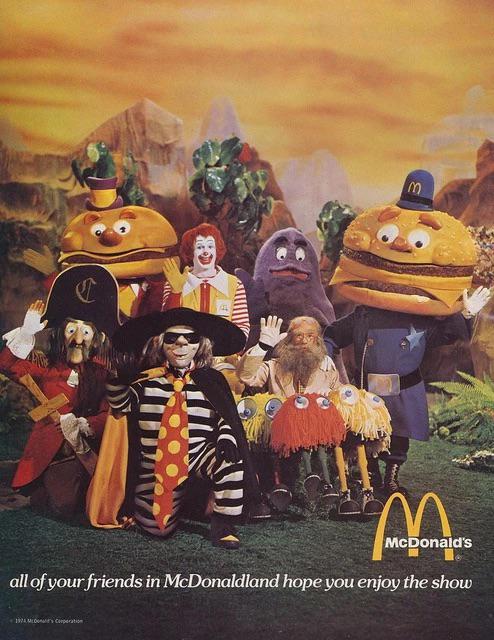Contributory Copyright Liability Back Before the Supreme Court
On Monday, the Supreme Court is going to hear oral argument in a significant copyright case, Cox Communications v. Sony Music Entertainment. The issue before the Court is the extent of contributory copyright infringement liability, something the Court has considered twice in recent decades, in the famous Betamax case (Sony v. Universal) in 1984, and in MGM v. Grokster in 2005.
I’m interested in almost any appellate case on copyright law, but I was interested enough in this one that I submitted an amicus brief to the Court arguing how it should come out. This post will introduce the dispute in Cox case and how it emerges from the history of contributory liability; tomorrow I’ll explain how the Supreme Court’s prior intervention in Grokster has added to the doctrinal confusion; and finally on Sunday I’ll explain why I decided to take the time to write an amicus brief. Hopefully on Monday I’ll have time to do a quick review of the argument.
The Cox case represents yet another battle between content owners and technology companies over the extent of indirect liability for copyright infringement, that is, liability internet service providers might have for the infringing acts of their users. For the past two decades, much of that fight has been over the conditional immunity for ISPs provided in 1998’s Digital Millennium Copyright Act, but the Cox case returns the debate to the underlying obligations imposed by copyright law itself: when does an intermediary like Cox have to stop infringers from using its service, and when can it safely regard those infringements as Somebody Else’s Problem?
The legal question here quickly enters some deep policy waters. Intermediary liability is recognized in many areas of the law, from torts to securities fraud to criminal law to all areas of intellectual property. To be effective, intermediary liability needs to strike a careful balance. First, the direct wrongdoers have to be, in some way, difficult to pursue—if they aren’t, then there’s no need to impose liability on someone else. And second, the intermediary has to have both the knowledge and the ability to narrowly target the bad acts without causing unnecessary spillover harms to beneficial activities.
Part of the problem in achieving that balance in the modern era is that the very notion of case-by-base balancing—by courts, by regulators, by almost anyone—has gotten a bad name. As I argued in my recent article The Grapes of Roth, that style of decision-making has faded, replaced by attempts to limit judicial discretion by rigidly following the text of either statutory provisions or multi-part tests.
Recently, however, I thought I detected some inclination by some of the justices to cut back against that trend and instead emphasize that the overall balance of intermediary liability emerges from the interplay of various considerations. So I decided to give that inclination whatever additional nudge I could with my brief.




